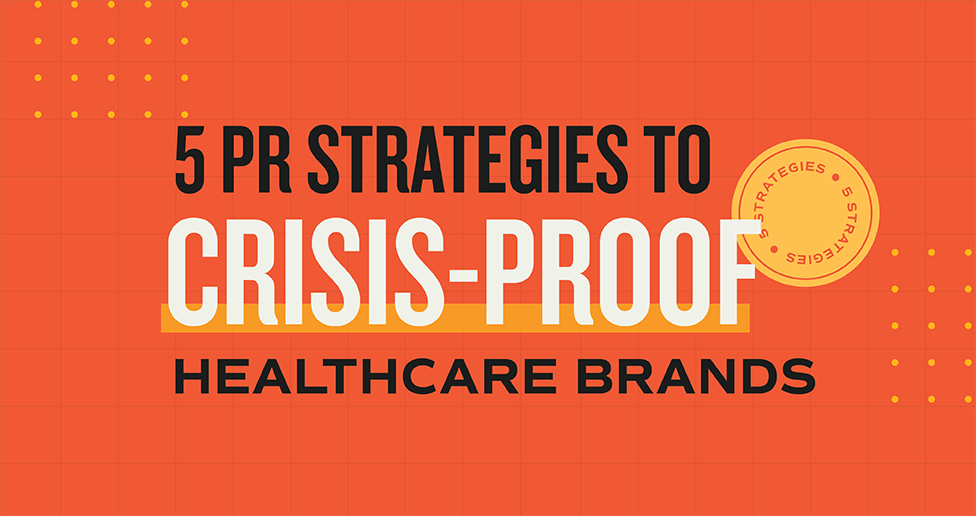
Social media consumption has increased significantly during the COVID-19 crisis with Facebook and Instagram seeing a 40% increase in usage. But just because people are spending time on social media doesn’t mean it’s business as usual. There is a need to continue review and reprioritize social media strategies throughout the pandemic in order to deepen audience connections and build brand affinity. We’ve leveraged these three social media principles over the last several weeks in order to help our clients adapt their strategies and be a solution to problems posed by the crisis.
Listen up
Industries have seen dramatically different impacts based on the reaction to the pandemic. Brands of all sizes need to consider the complexities as the situation continues. Marketers have an opportunity to understand ongoing shifts in audience behavior and sentiment toward their brand and the pandemic through social media listening. Listening can help you determine the needed shifts in your social media channel and content strategies, and equip you with the information you need to create and distribute content in real time.
Here are three reasons social listening will remain vital to social media strategies in 2020:
- Monitoring conversations of your brand and industry category can help you gain perspective and insights that can influence messaging and future marketing decisions.
- Understanding the most pressing topics within a larger conversation can help a brand find pockets of opportunity where they can provide value and education. By keeping a pulse on the conversation, brands can understand how to be considerate and learn to talk with consumers—not at them.
- It’s an emotional time for everyone. Understanding how people are feeling about a certain subject can help brands avoid distributing tone-deaf content.
Timing is everything
Remote work patterns have shifted when people are most engaged on social media channels. Sprout Social recently released results indicating weekends and weekdays after 5 PM show a significant drop off in engagement as remote workers are juggling even more demands at home and with family after the typical workday ends. Both Facebook and Instagram users are consistently checking in around 11 AM. While these insights can be used directionally to understand the change in consumer social media consumption, we recommend digging into each channel’s post data to understand when your audience is online and most receptive to your messages. Does your data tell a story of change in your audience’s behaviors?
Go live
Video is an essential and effective tactic for brands to connect with their audiences on social media, which is why people watching live stream via Facebook Live has risen by 50% since January. And according to Sprout Social, consumers are increasingly receptive to live video right now with 45% reporting they’d like to see it included in more marketing strategies. Unlike polished brand anthems or commercials, live video can push brands to turn inward, using leaders, employees or influencers as ways to humanize the brand with relatable and relevant content. As brands evaluate where resources should be focused in weeks and months to come, Facebook and Instagram Live along with other video channels should be top of mind. They create an opportunity for marketers to deliver content in a way that consumers want and provide a more engaging experience.
Curious on how to adapt your social media strategy? Give us a shout. We’d love to chat.
Subscribe to our newsletter
Get our insights and perspectives delivered to your inbox.


